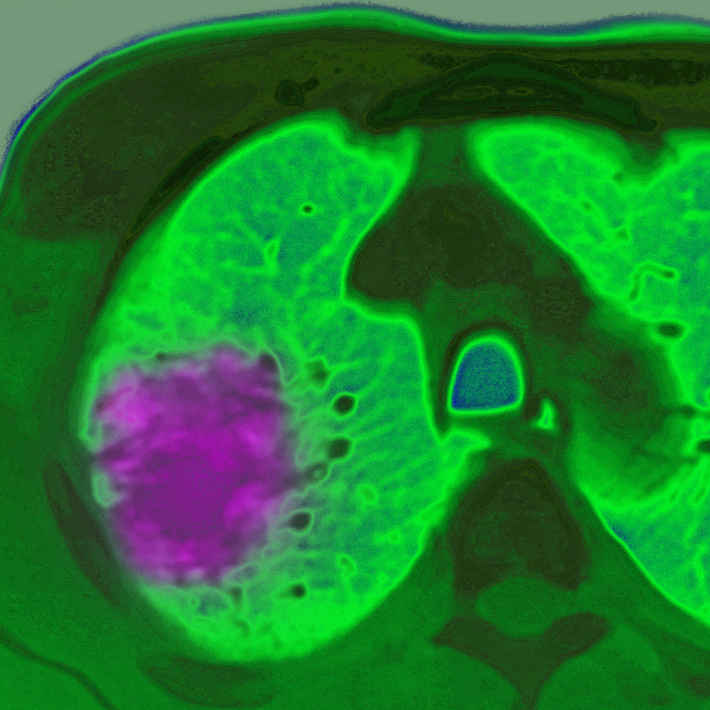26 August 2020
The Saudi Cancer Registry (SCR) ranked leukaemia, a type of cancer affecting blood cells and bone marrow, as the fifth most prevalent type in Saudi Arabia. Globally, the number of leukaemia cases had risen from 297,000 to 437,000 between 1990 and 2018, and it often affects children. Similarly, Saudi Arabia has seen an upward curve in leukaemia rates, increasing from 2.4 incidence per 100,000 in 2001, to 3.9 in 2013, with a higher rate in males, according to a recent study published in BMC Cancer.
The study also found that 57.2% of leukaemia patients were males, and that the two most diagnosed type of leukaemia, accounting for 36% of the cases, were the Precursor B-cell lymphoblastic leukaemia (18.76%), and the Precursor cell lymphoblastic leukameia (17.3%).
Researchers from King Saud bin Abdulaziz University for Health Sciences (KSAU-HS) and KAIMRC explored the trend and incidence of leukaemia in the kingdom over a period of 15 years (1999-2013). The study intends to provide the Ministry of Health and other decision-makers with facts to enhance their understanding of leukaemia demographics, and to take the proper action to reduce the burden of such diseases, says KSAU-HS’s Amen Bawazir, who is the lead author of the study.
Bawazir and his team analysed 8,712 leukaemia cases based on data by the SCR. The most common types of leukaemia were classified by gender, age and region.
Key findings of the study indicate that the leukaemia trend showed a likely increase in the rate particularly in males with a high incidence reported from the central region. Overall, a third of cases occurred in the central region. Children under the age of 5 from the central region were affected remarkably. The authors conclude that the results of the central region need more investigation.
To eliminate non-specific diagnosis, Bawazir recommends that “more training and facilities should be provided to the healthcare facilities to bring a good early diagnosis and accordingly appropriate therapy with possible better standard of cure.”
Cancer incidence in Saudi Arabia has increased similarly to other developing countries. The author assumes factors such as the “improvement of health care facilities, diagnostic procedures, and easy referral system for further diagnosis and treatment,” play a role. Better registration methods through the National Cancer Registry led to increased reporting of cancer cases. Furthermore, increased wealth, lifestyle changes, longer life expectancy and population growth may explain the upward trend of leukaemia incidence.
“Leukaemia is considered as an important public health problem in Saudi Arabia for its impact in causing deaths among young people,” the study reported. Leukaemia ranked first amongst children under 14 years. About a quarter of the Saudi population is under 14, which highlights the magnitude of this malignant blood disease.
Leukeamia requires a long and costly therapy, Bawazir explains, which implies a financial strain on the healthcare system.
“The Saudi Ministry of Health recently has empowered the health education section in hospitals and primary care centers in order to take early action in fighting the disease,” says Bawazir.
References
- Bawazir, A., Al-Zamel, N., Amen, A. et al. The burden of leukemia in the Kingdom of Saudi Arabia: 15 years period (1999–2013). BMC Cancer19, 703 (2019). | article



